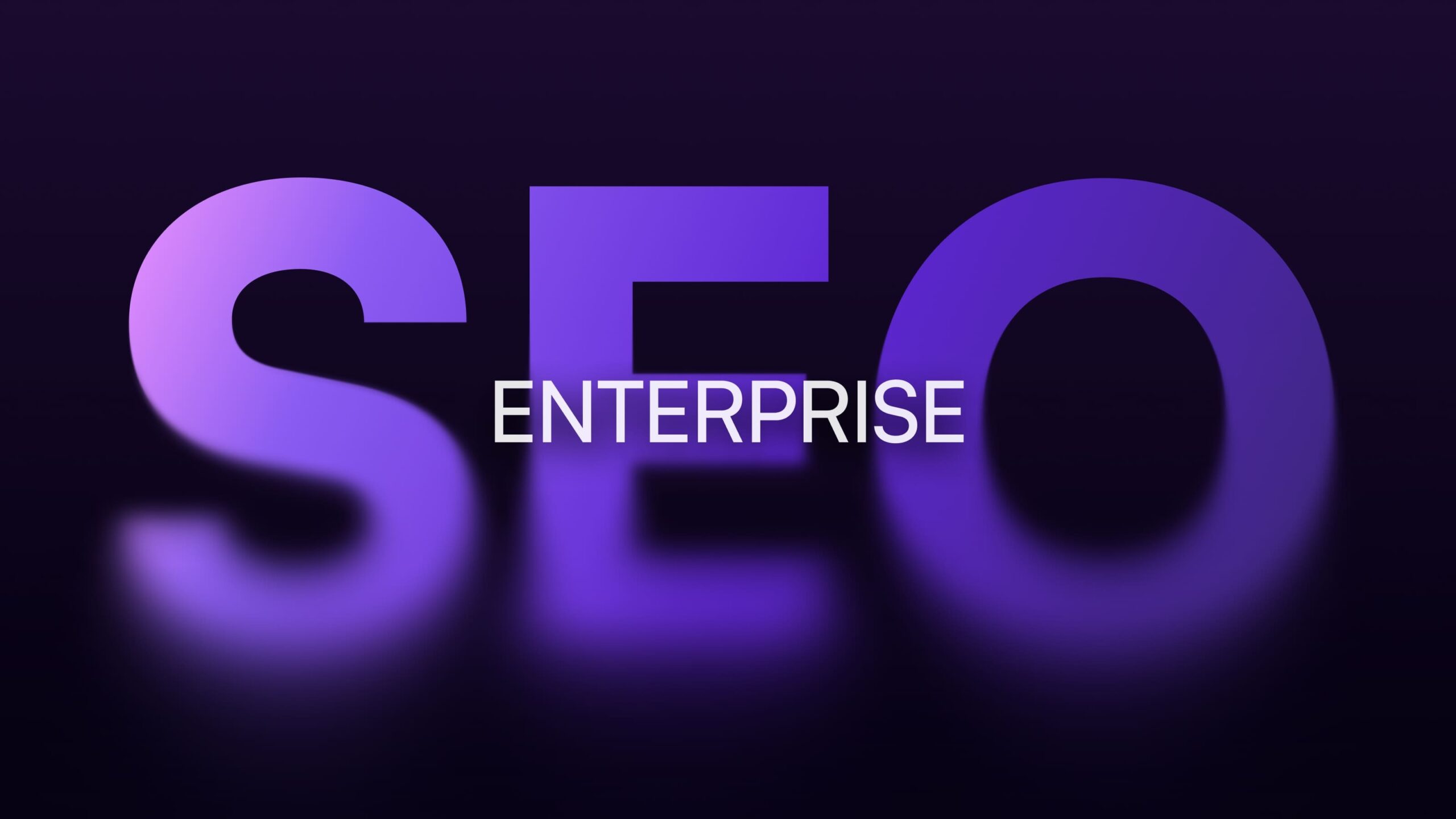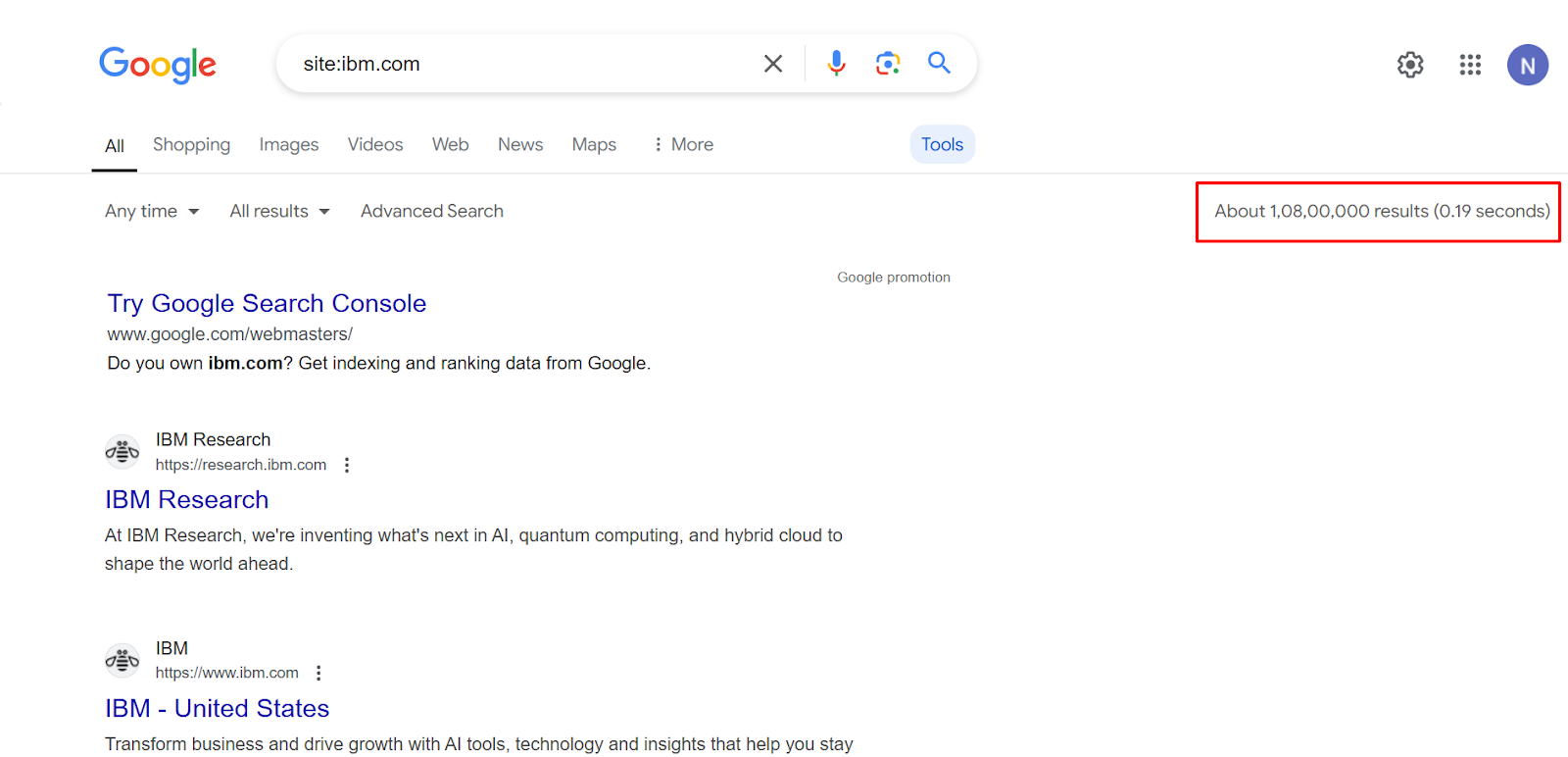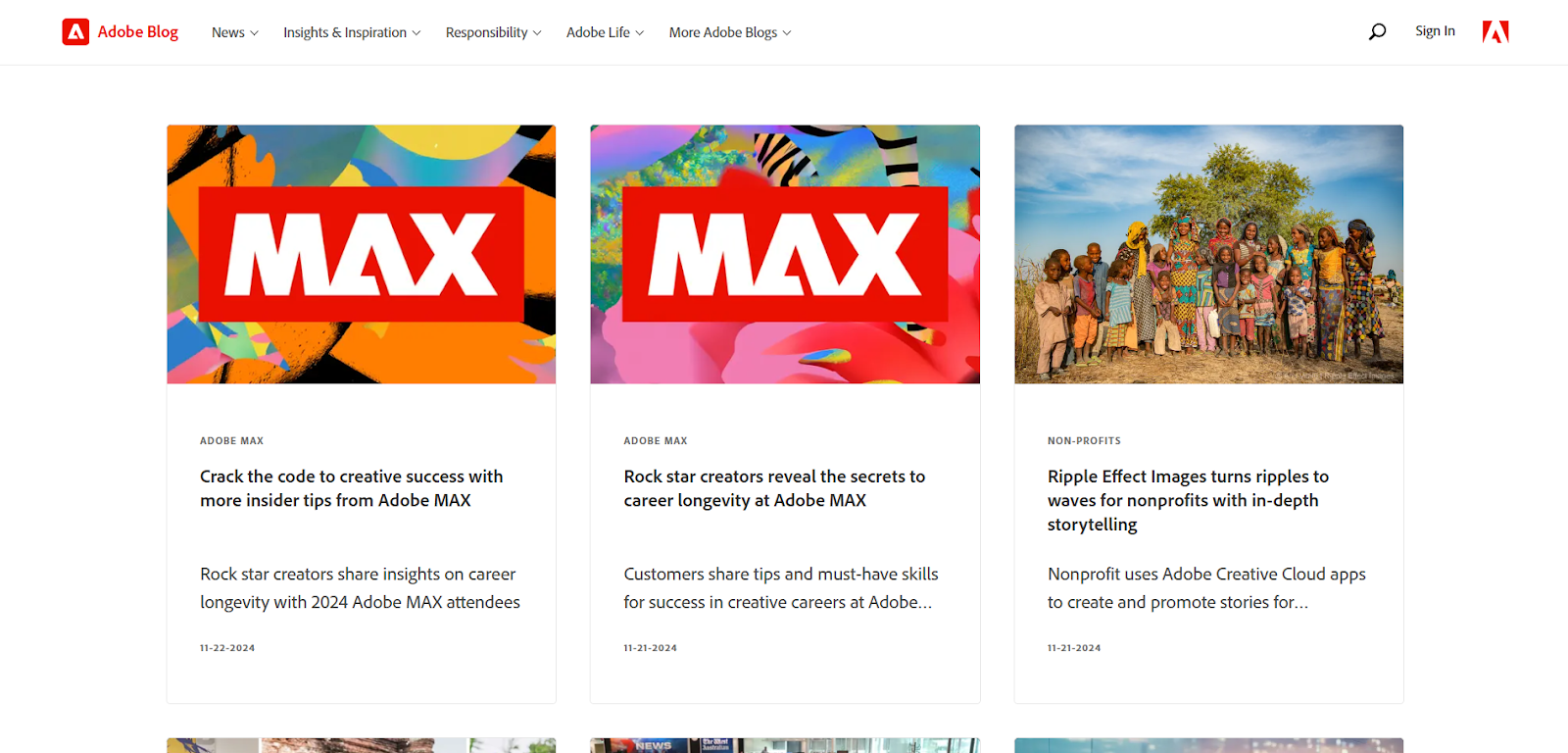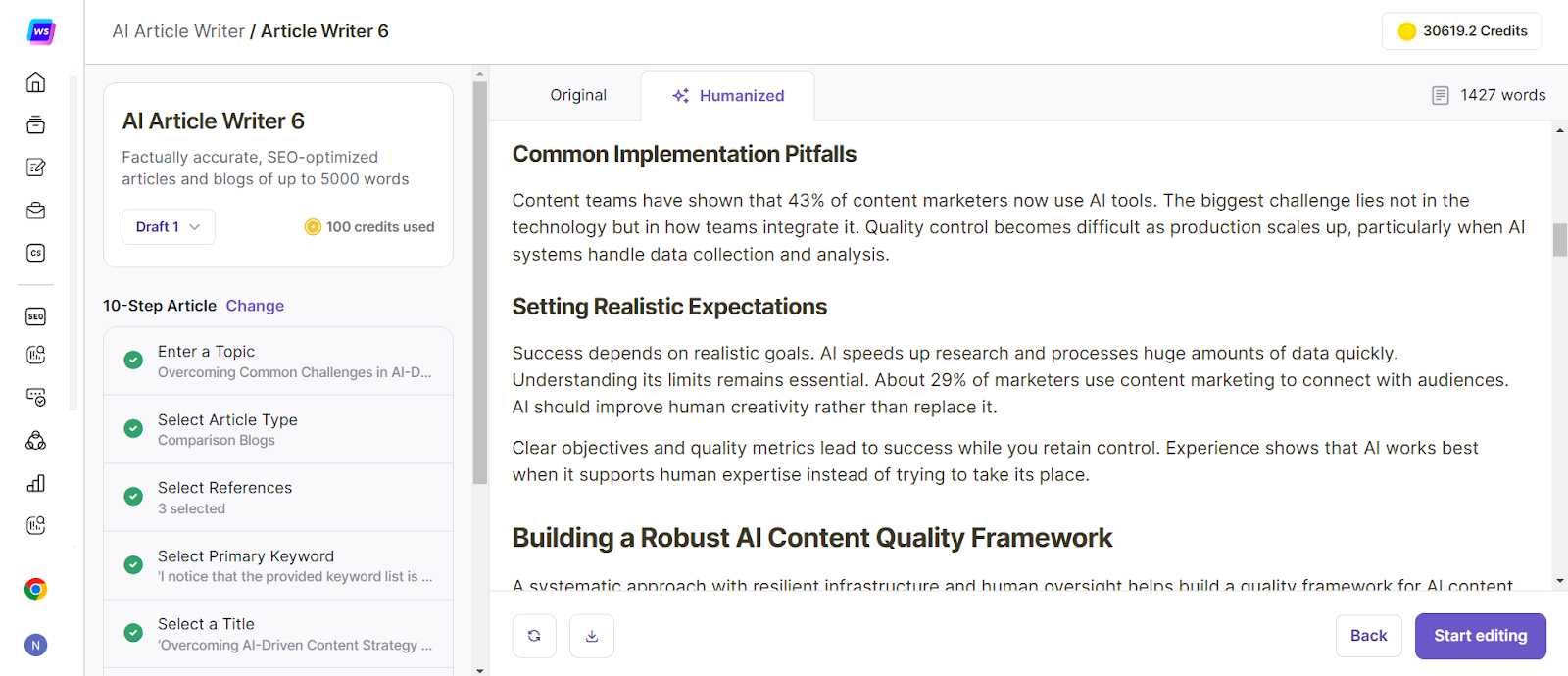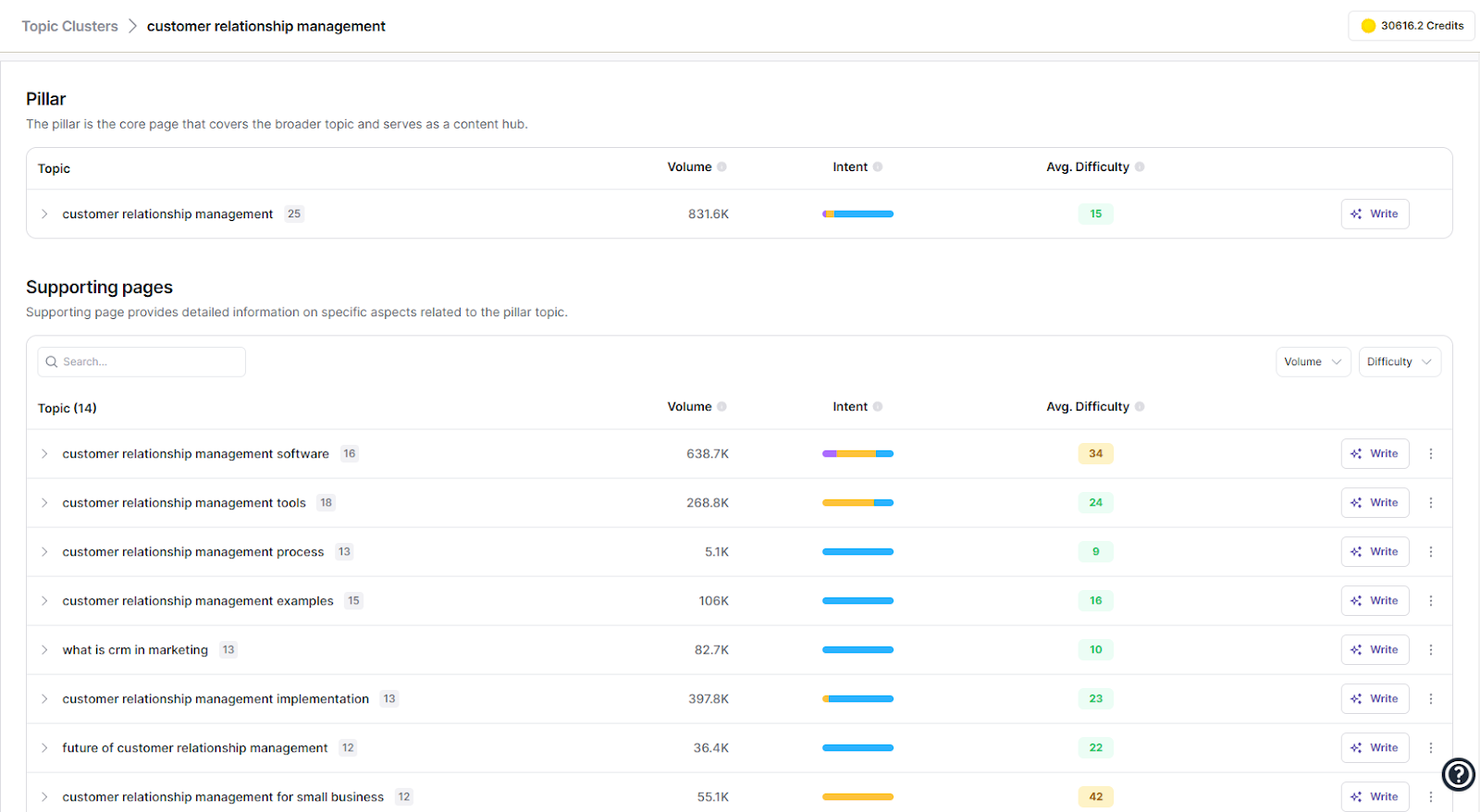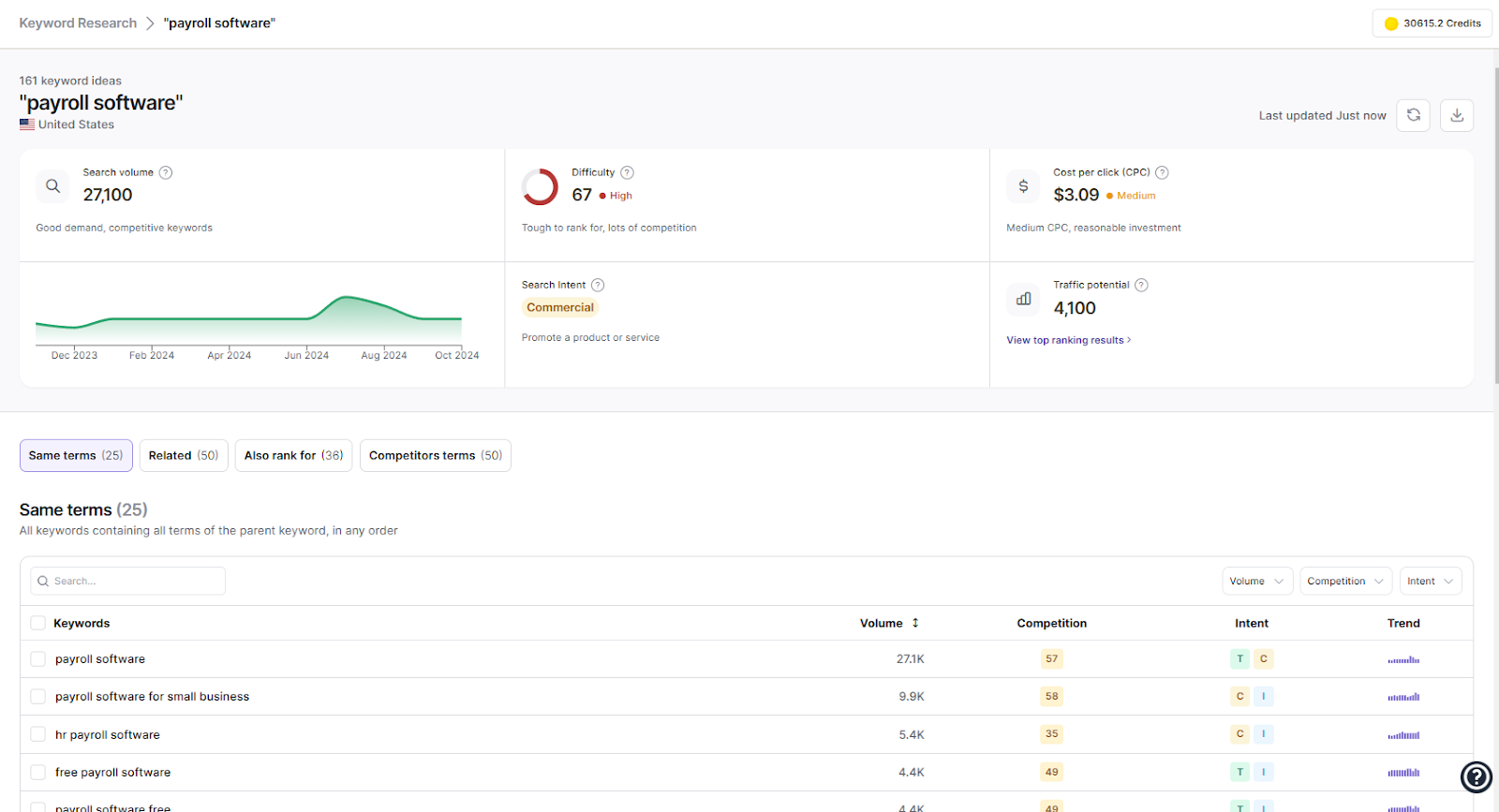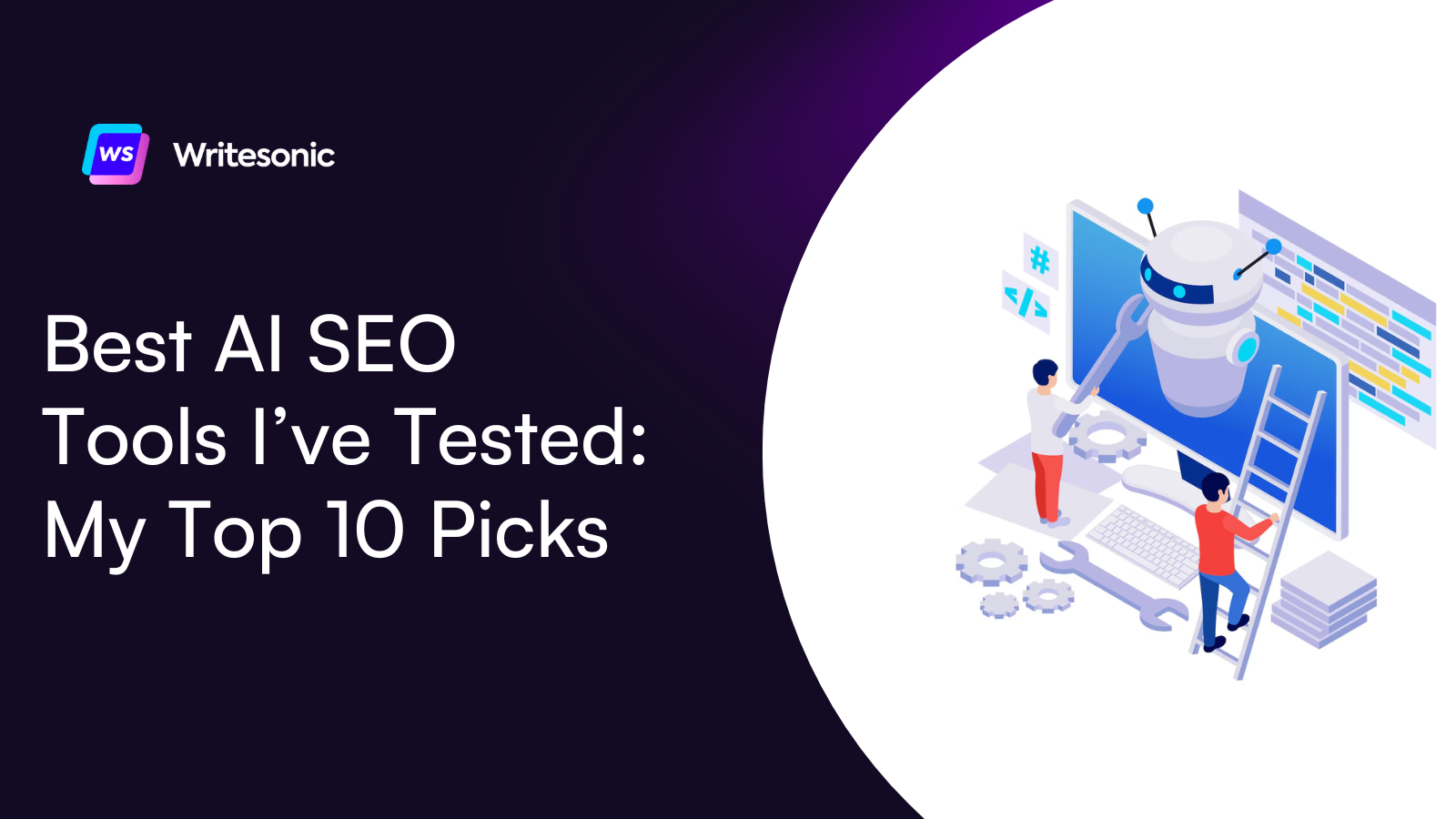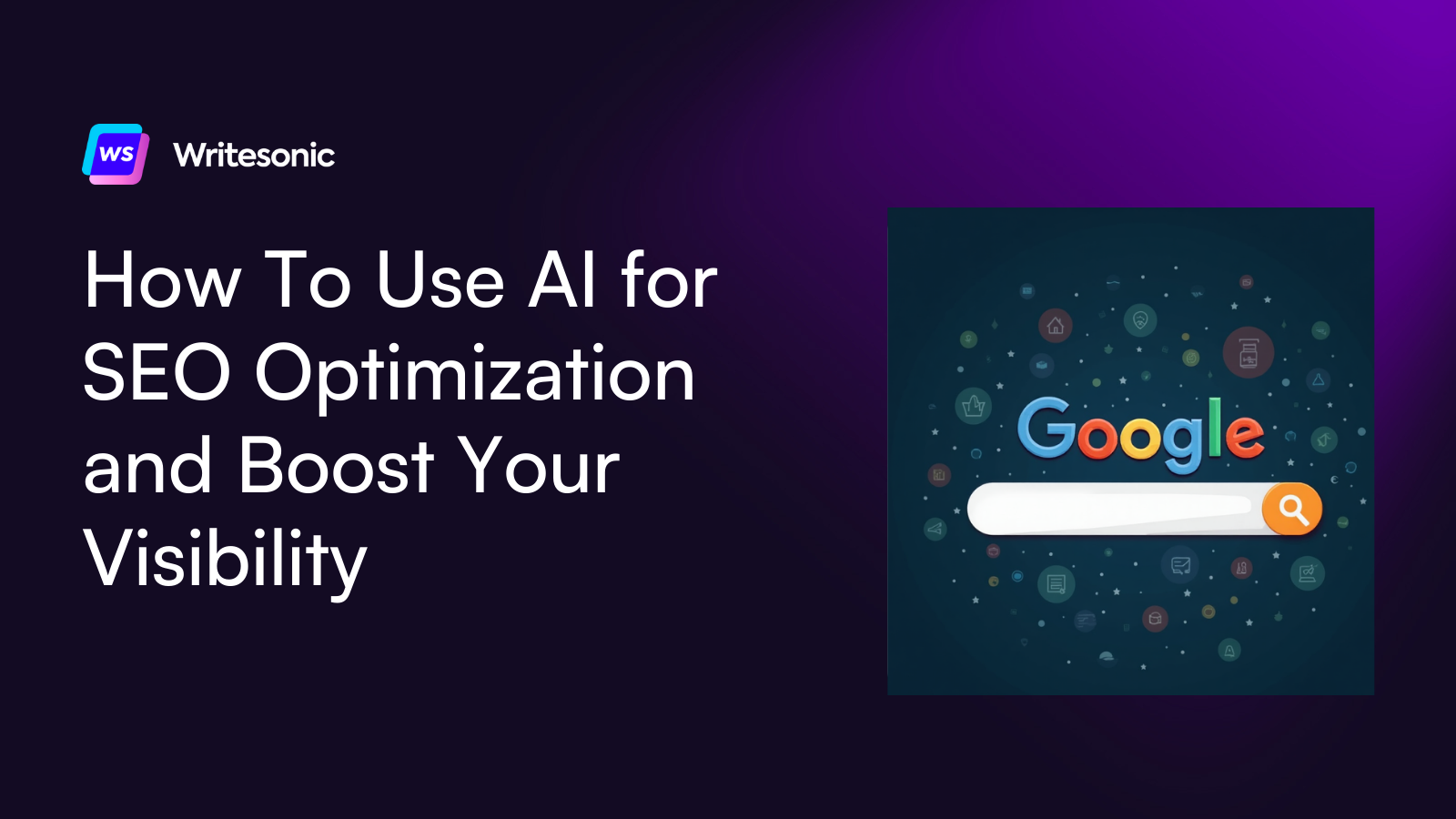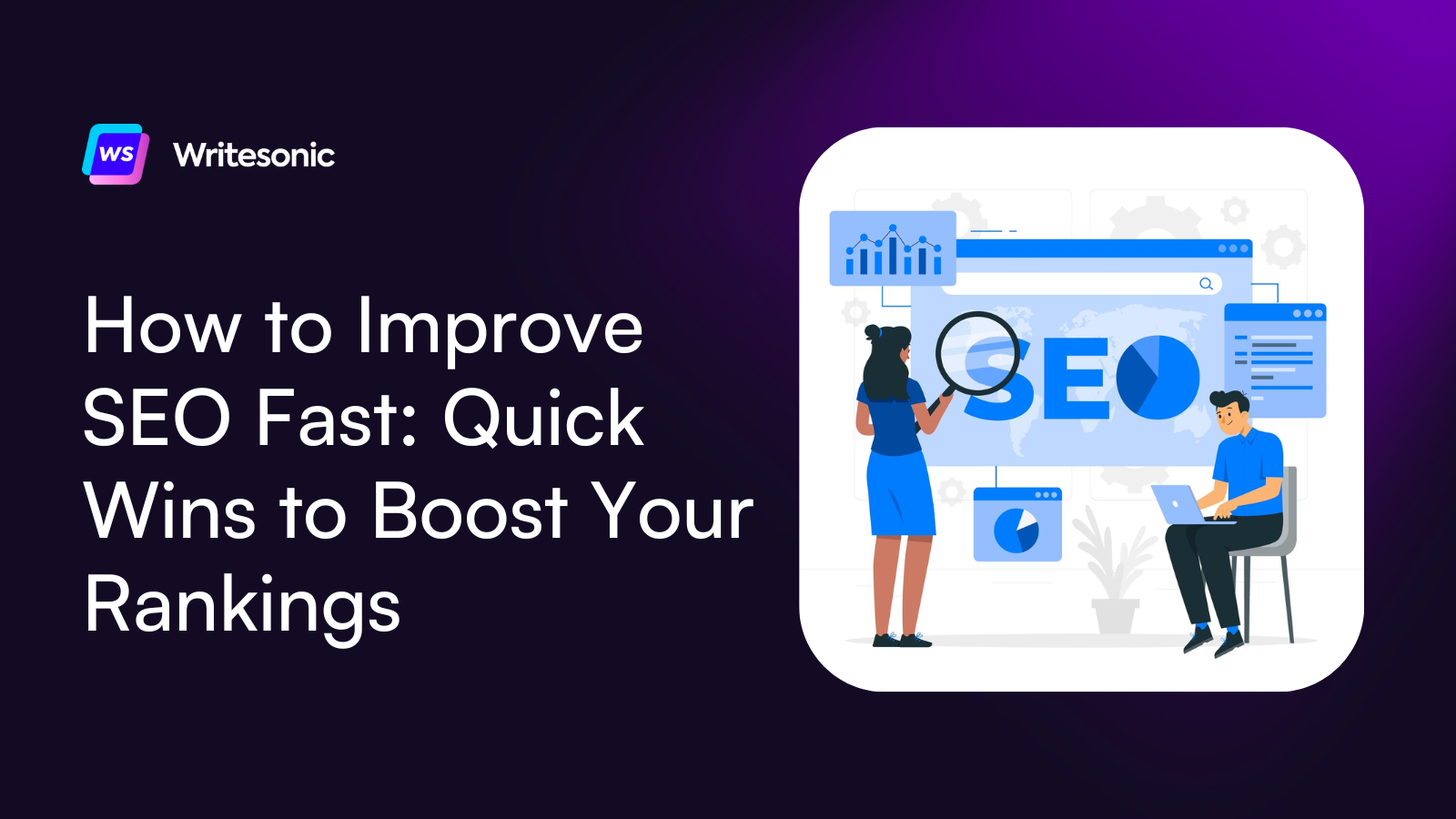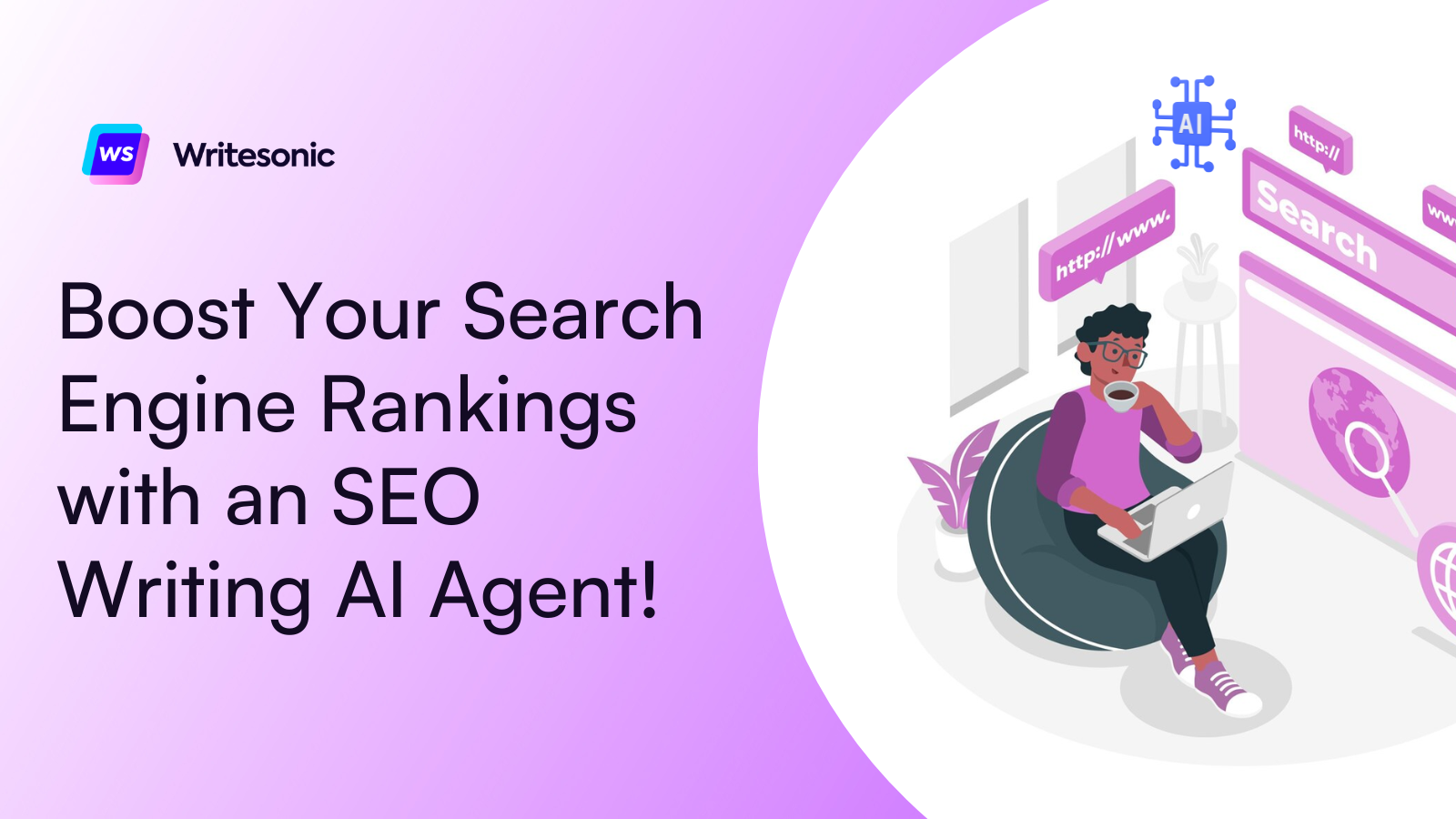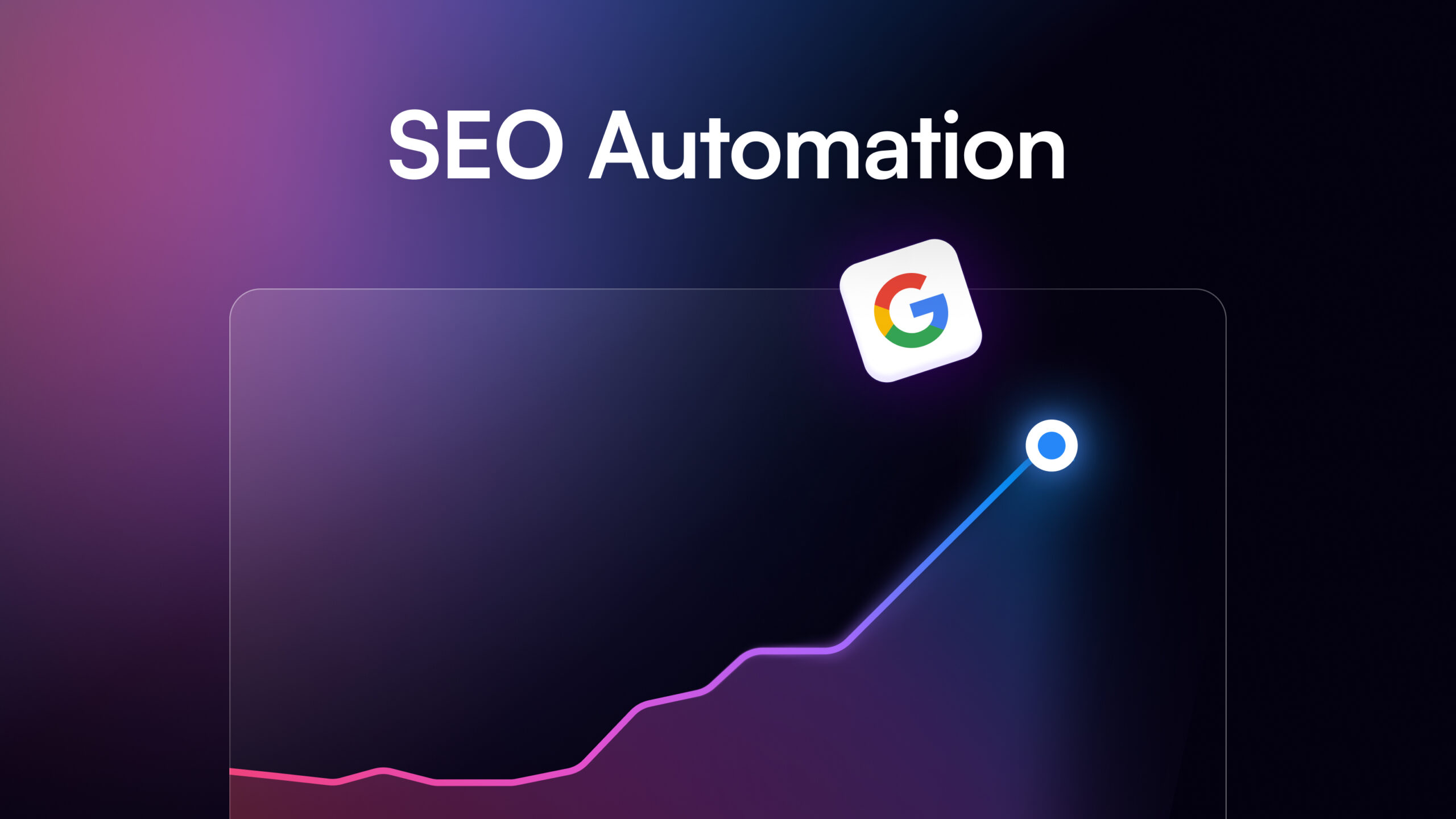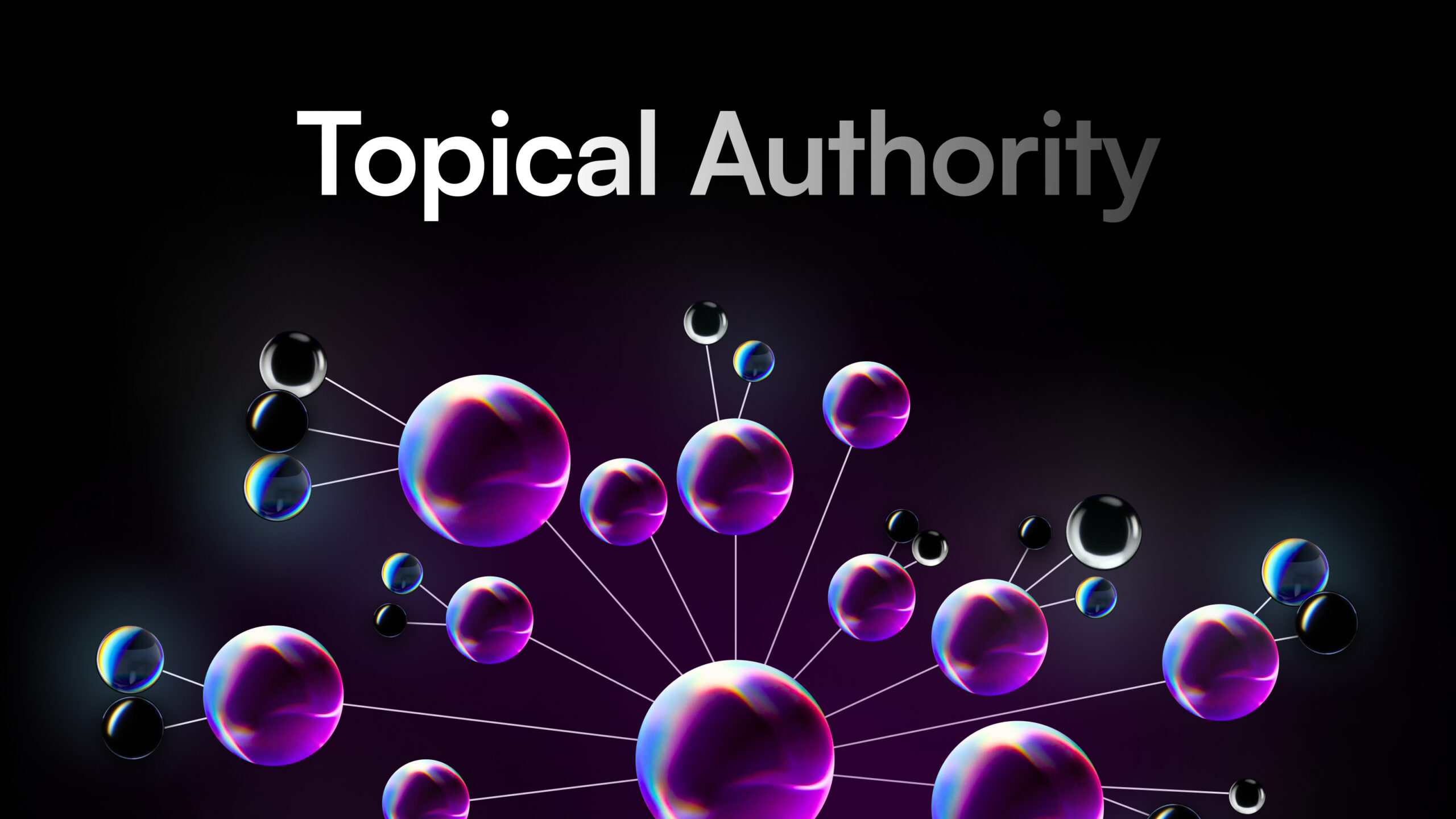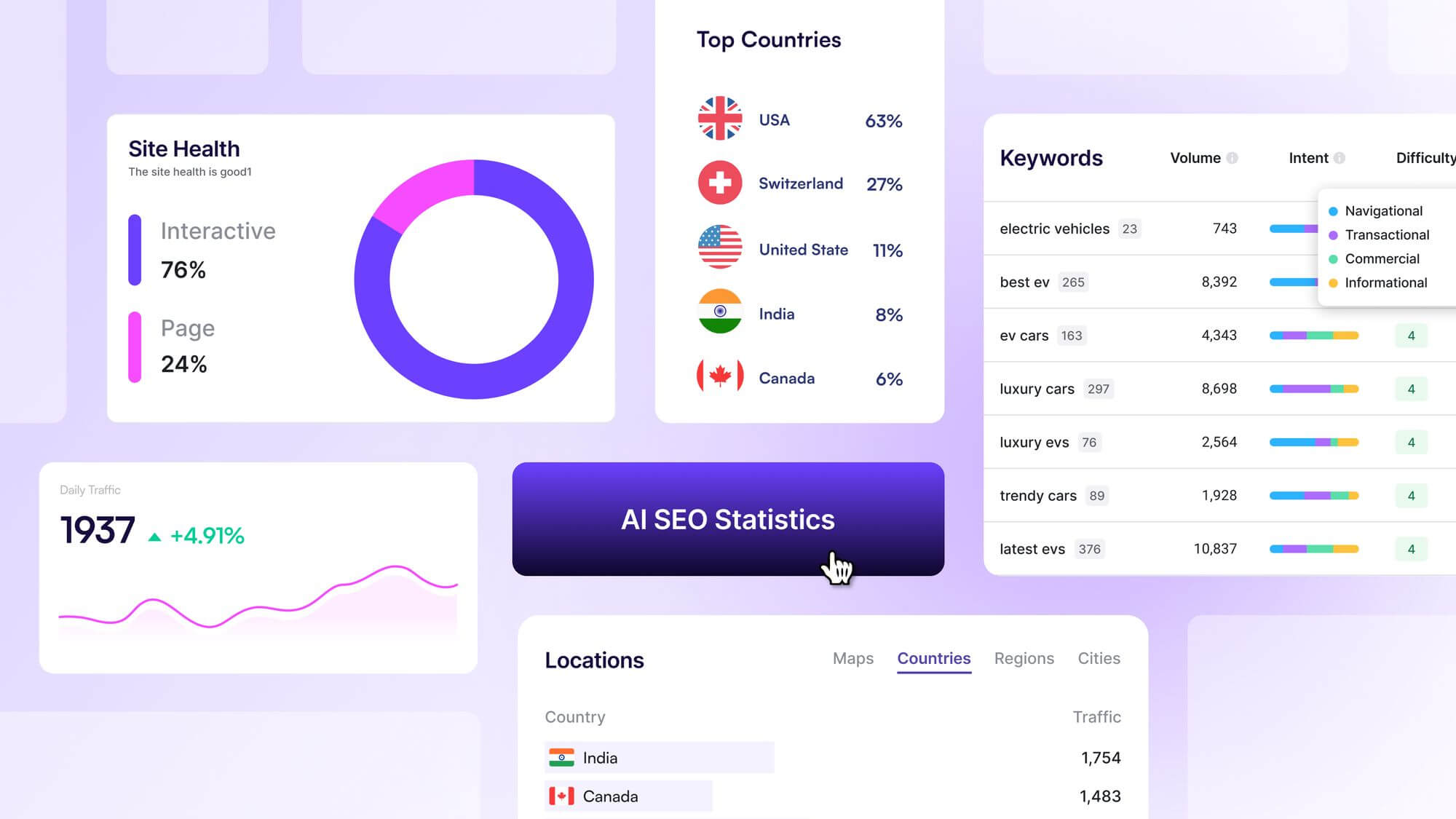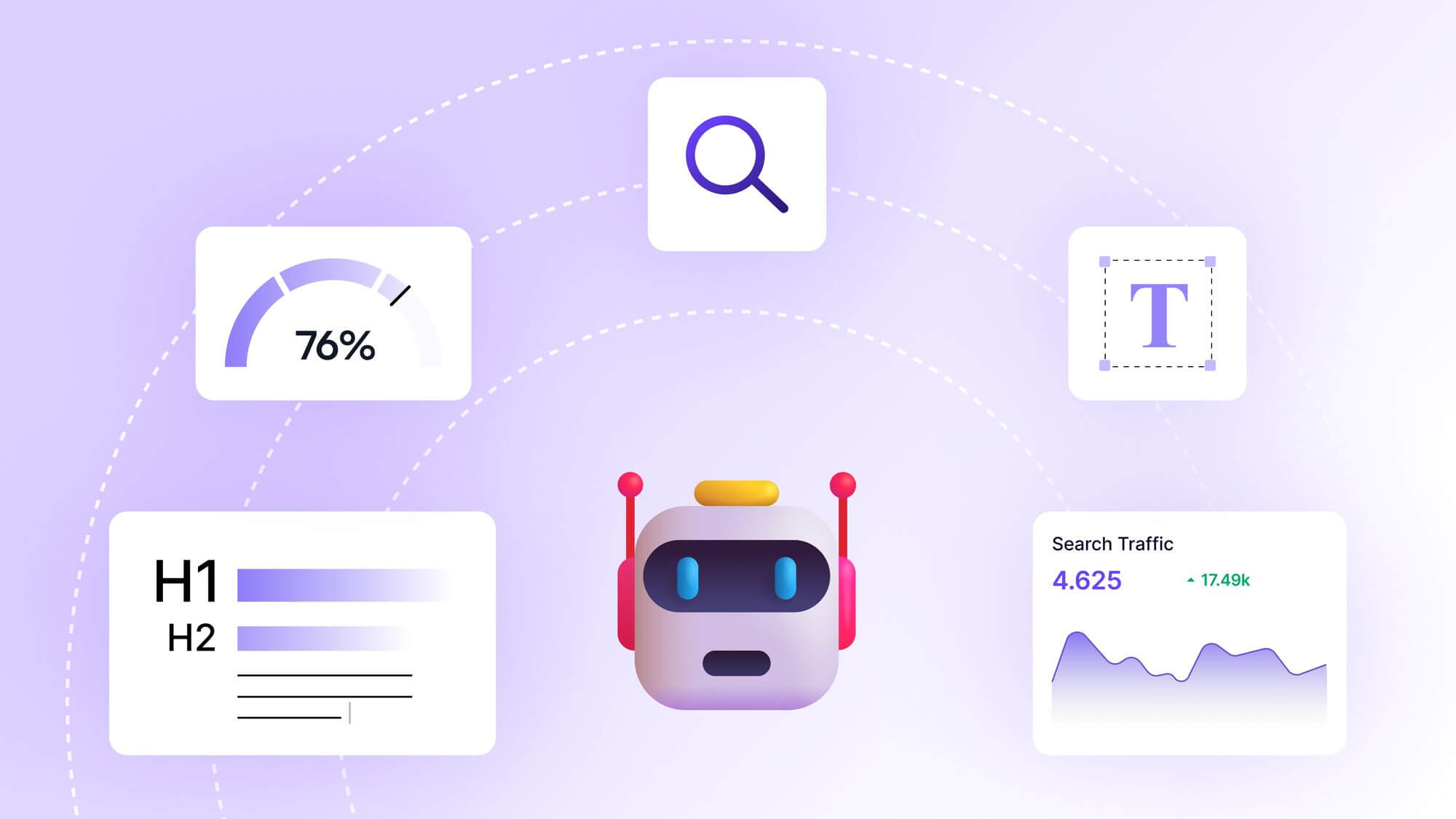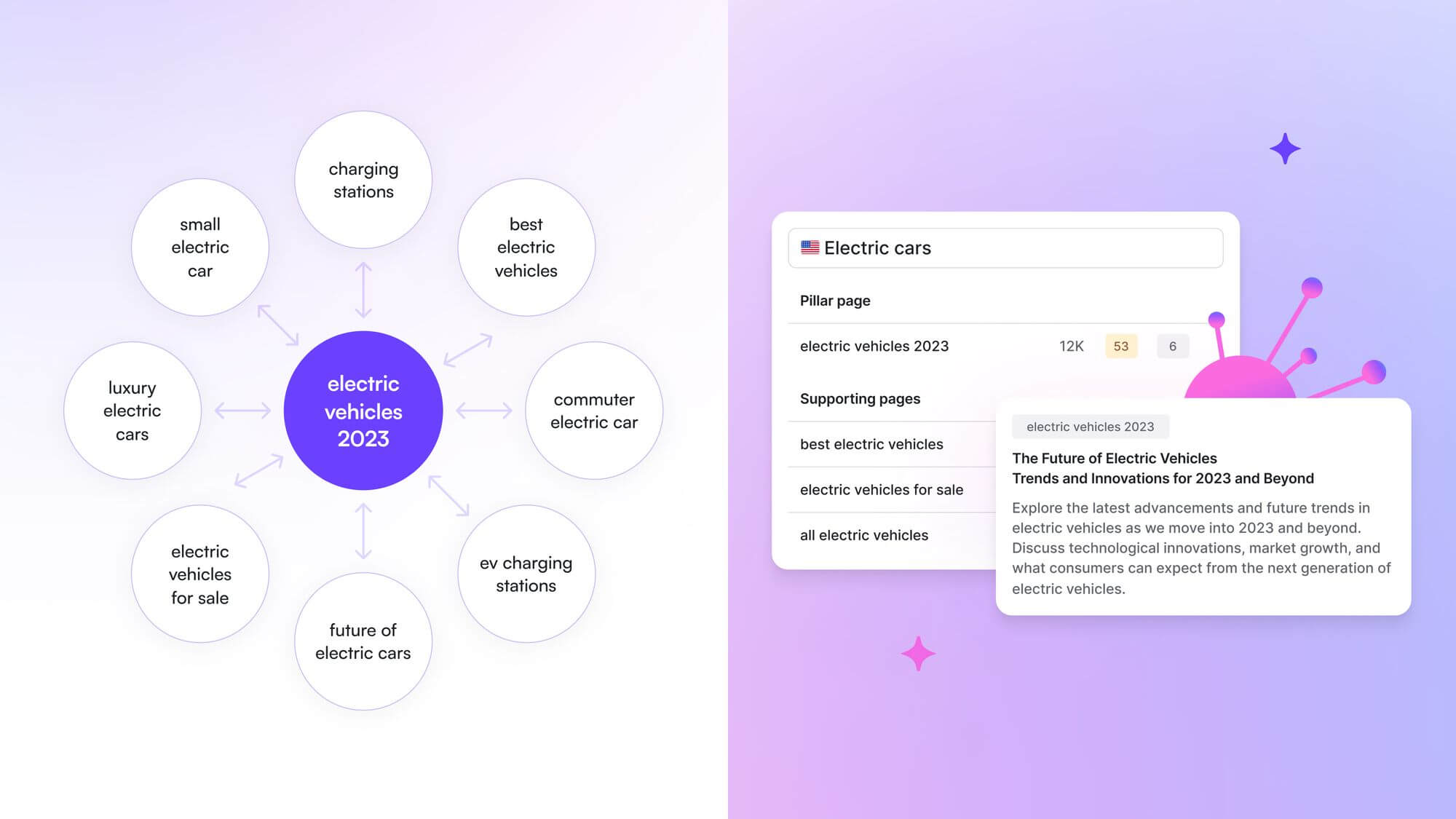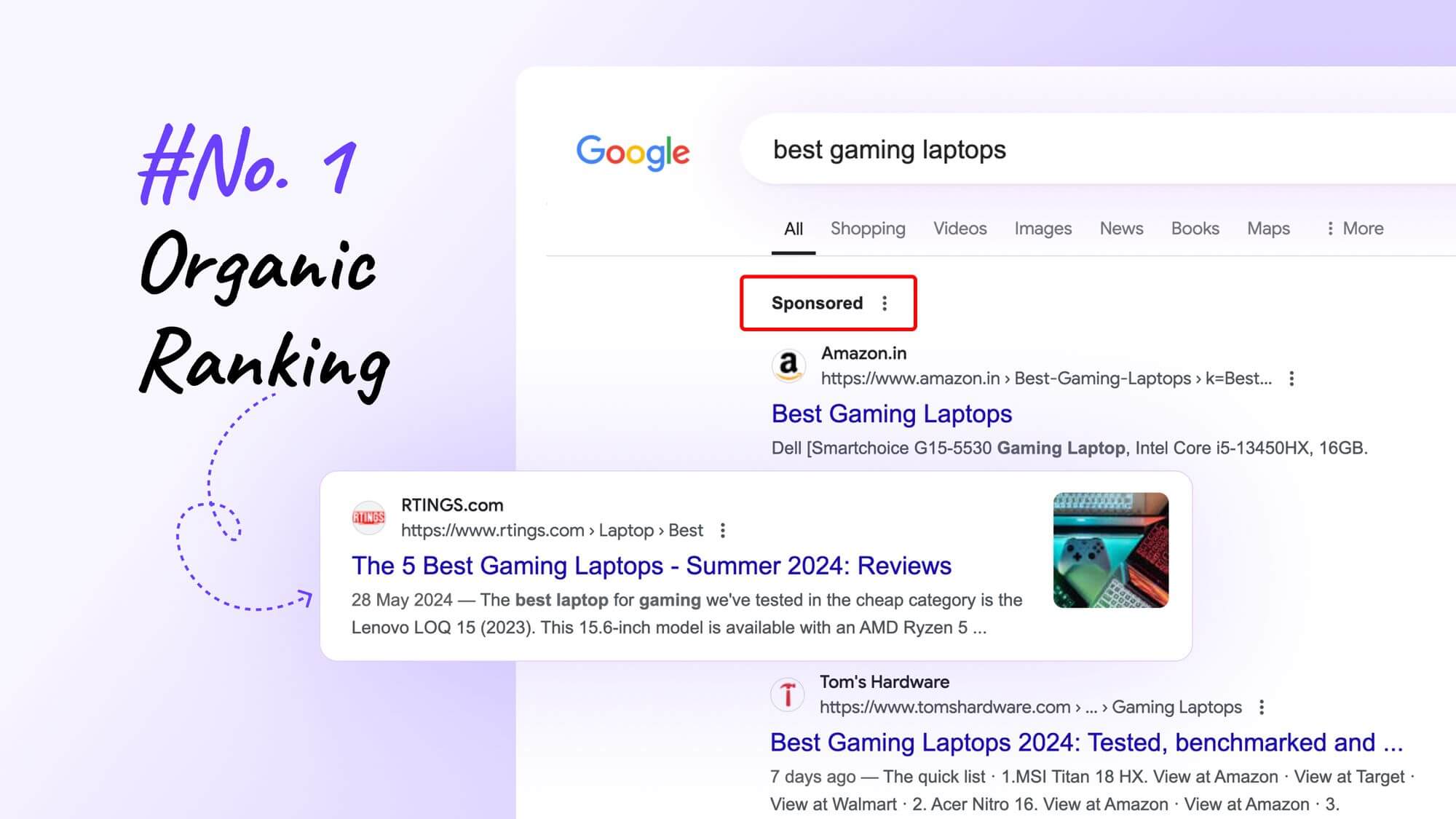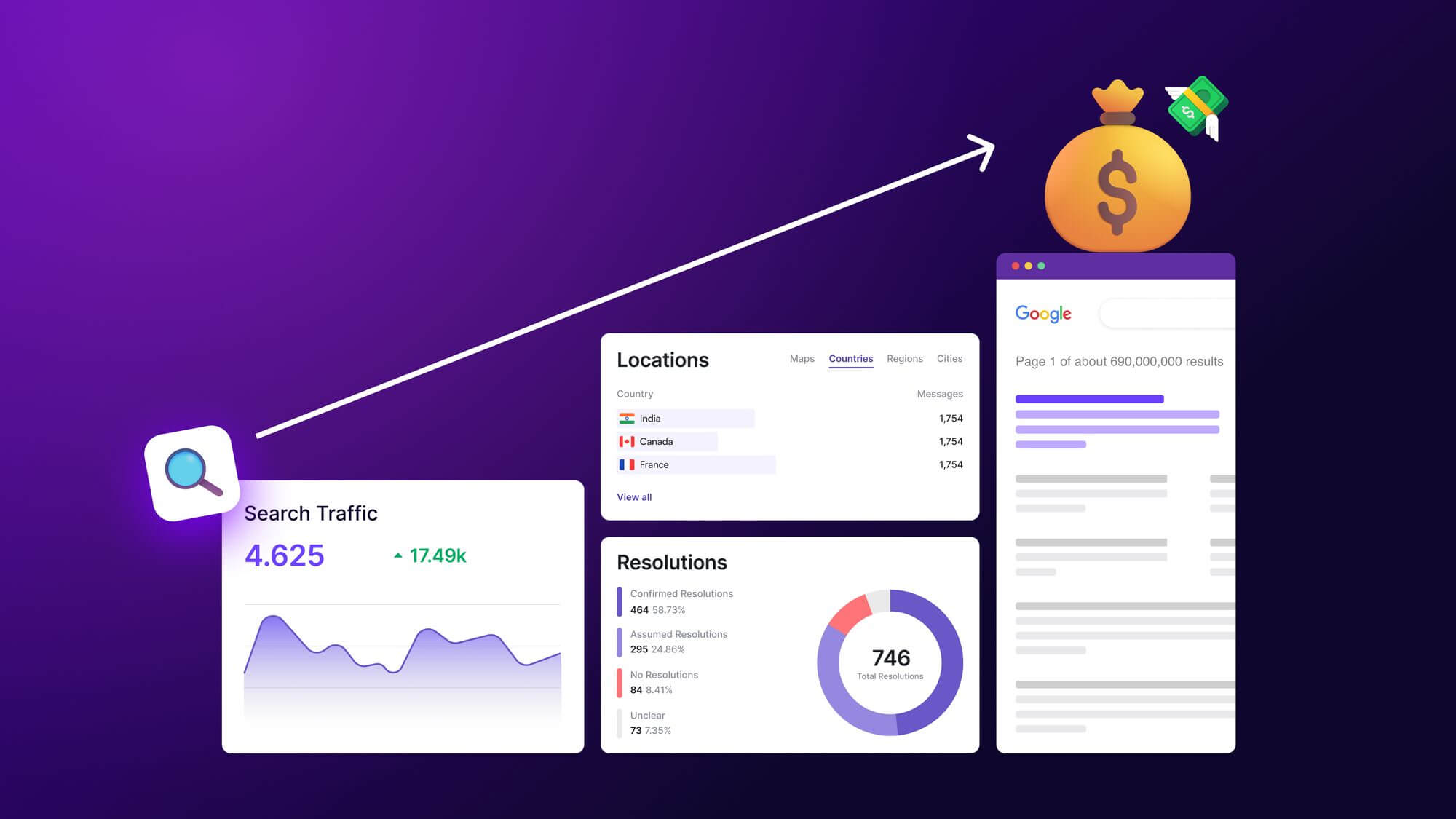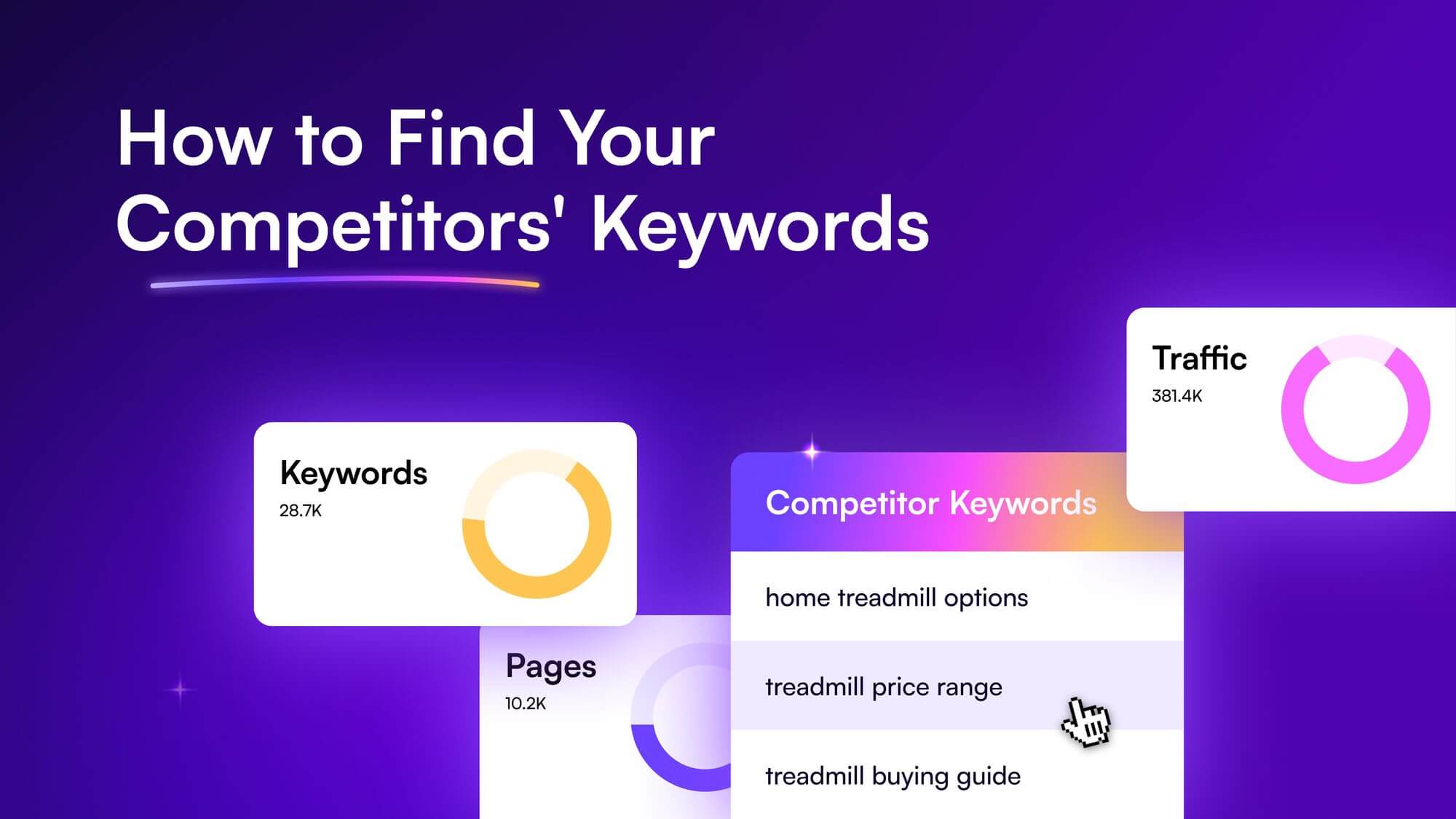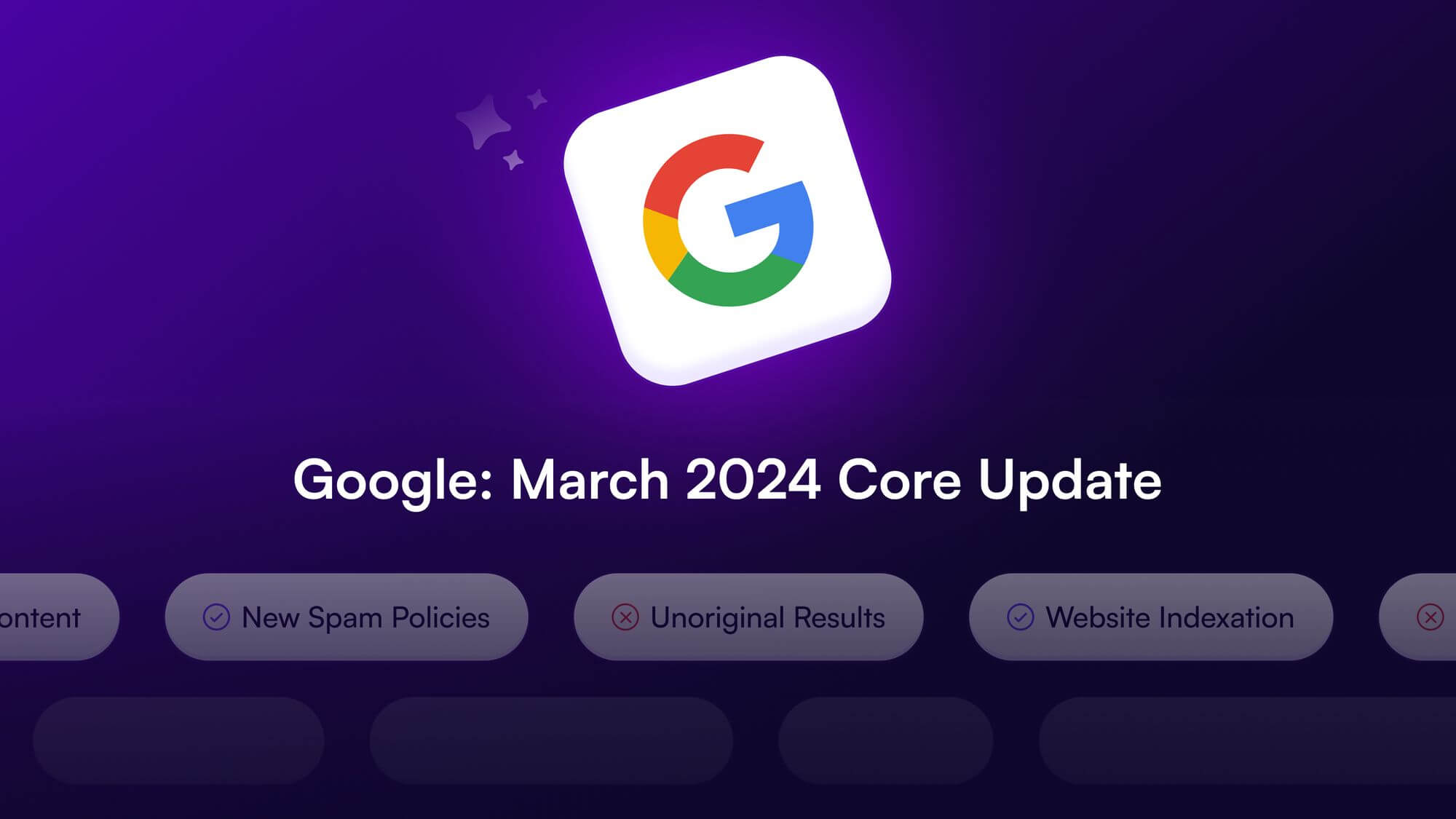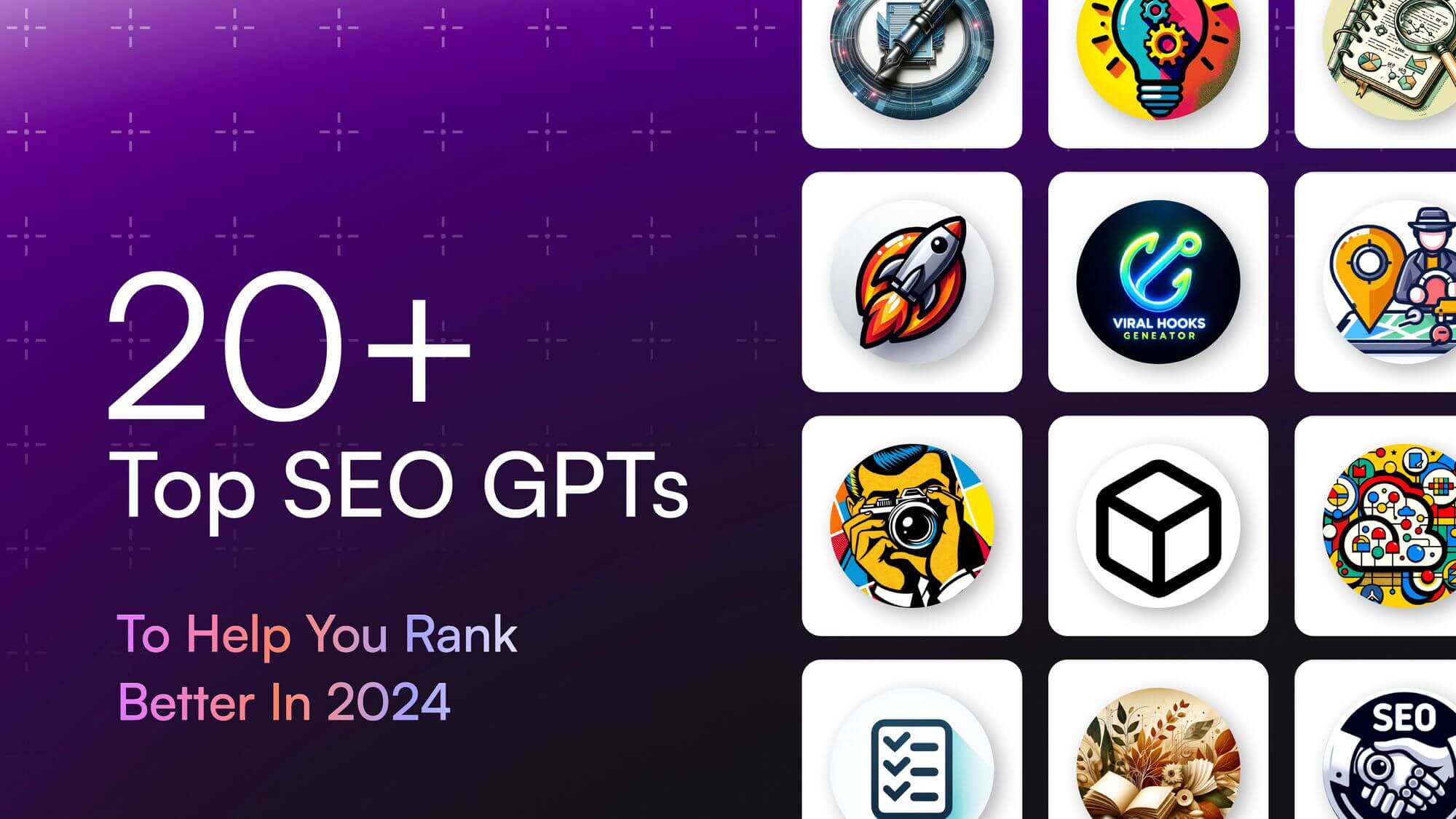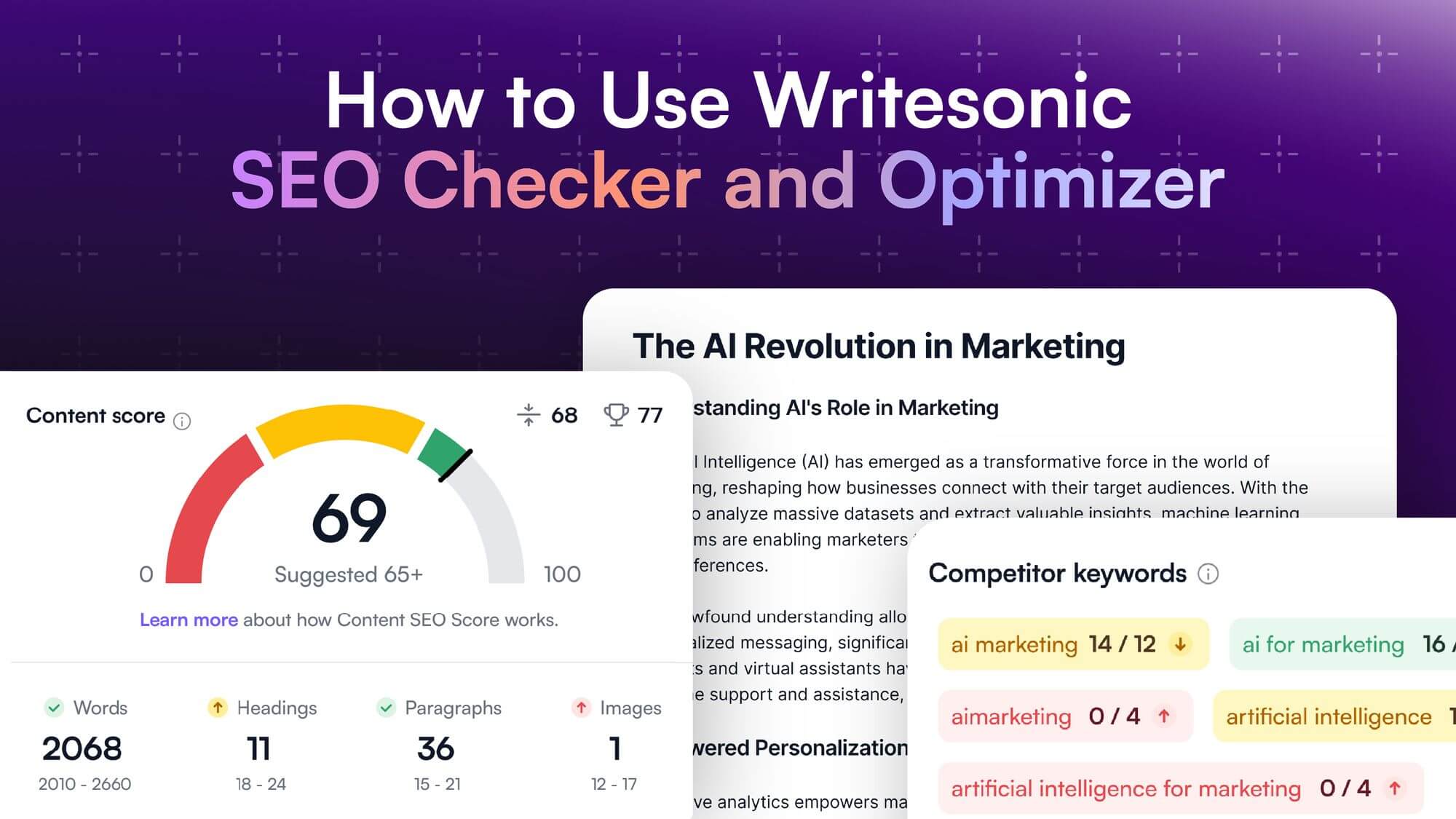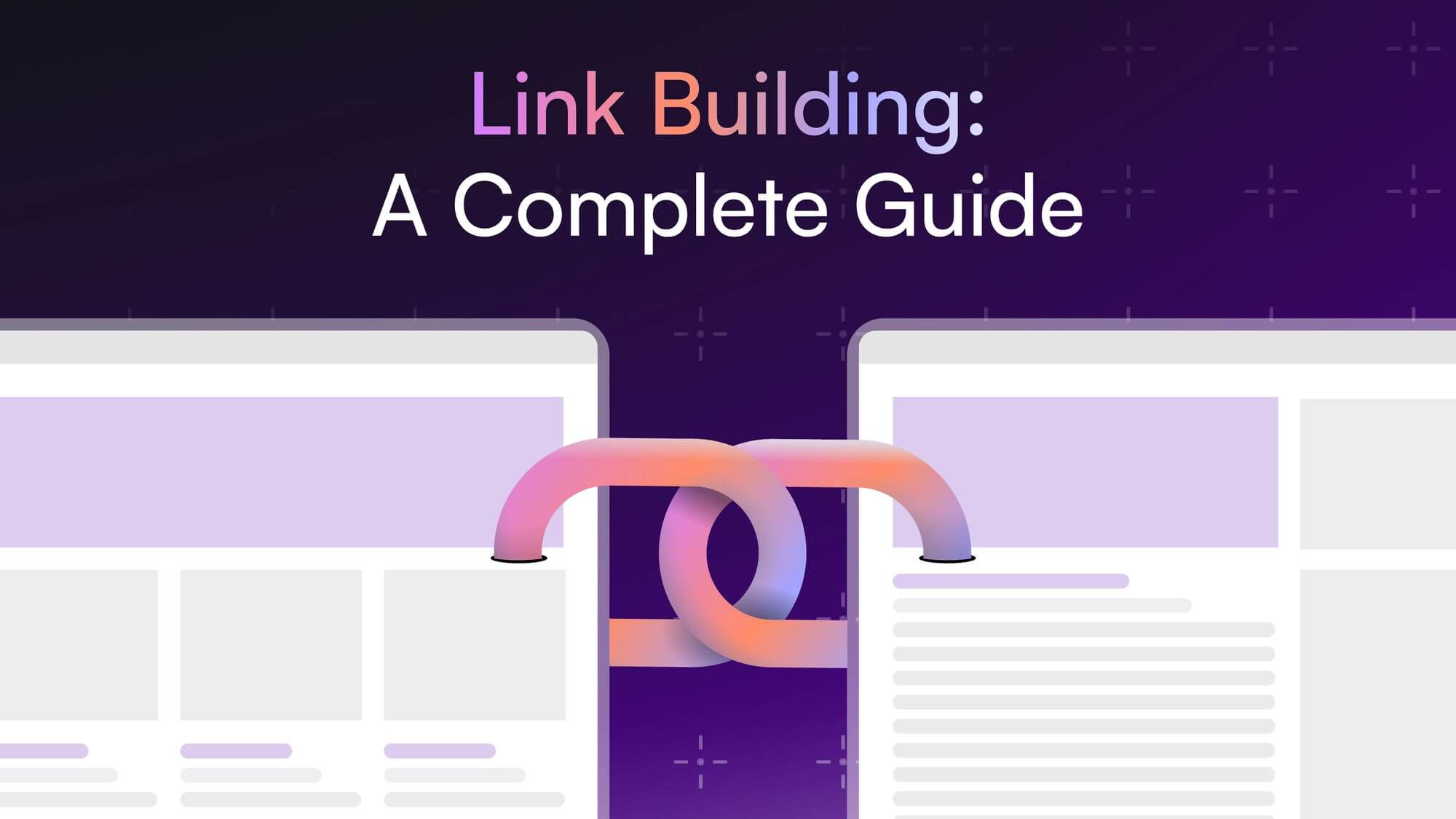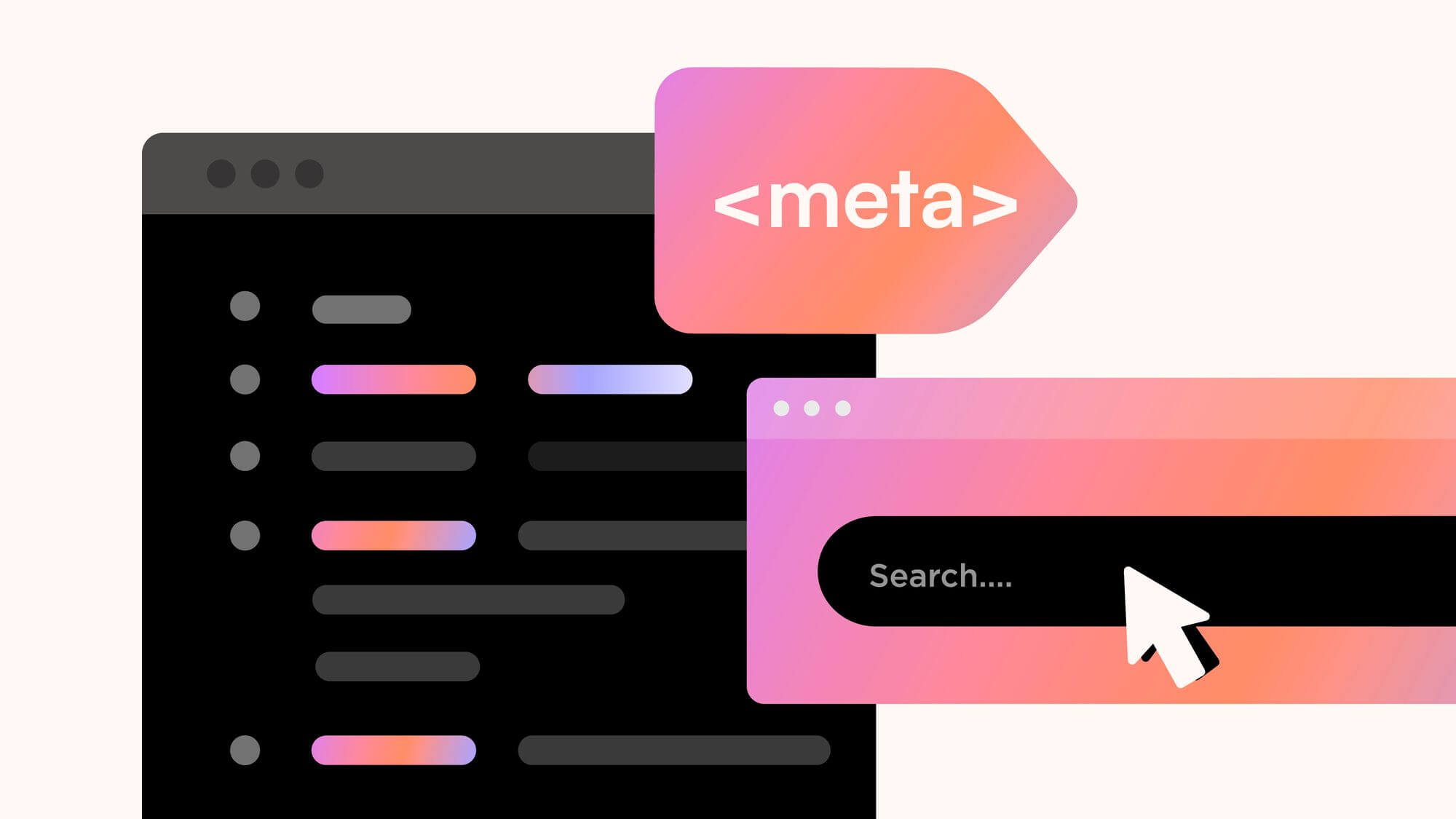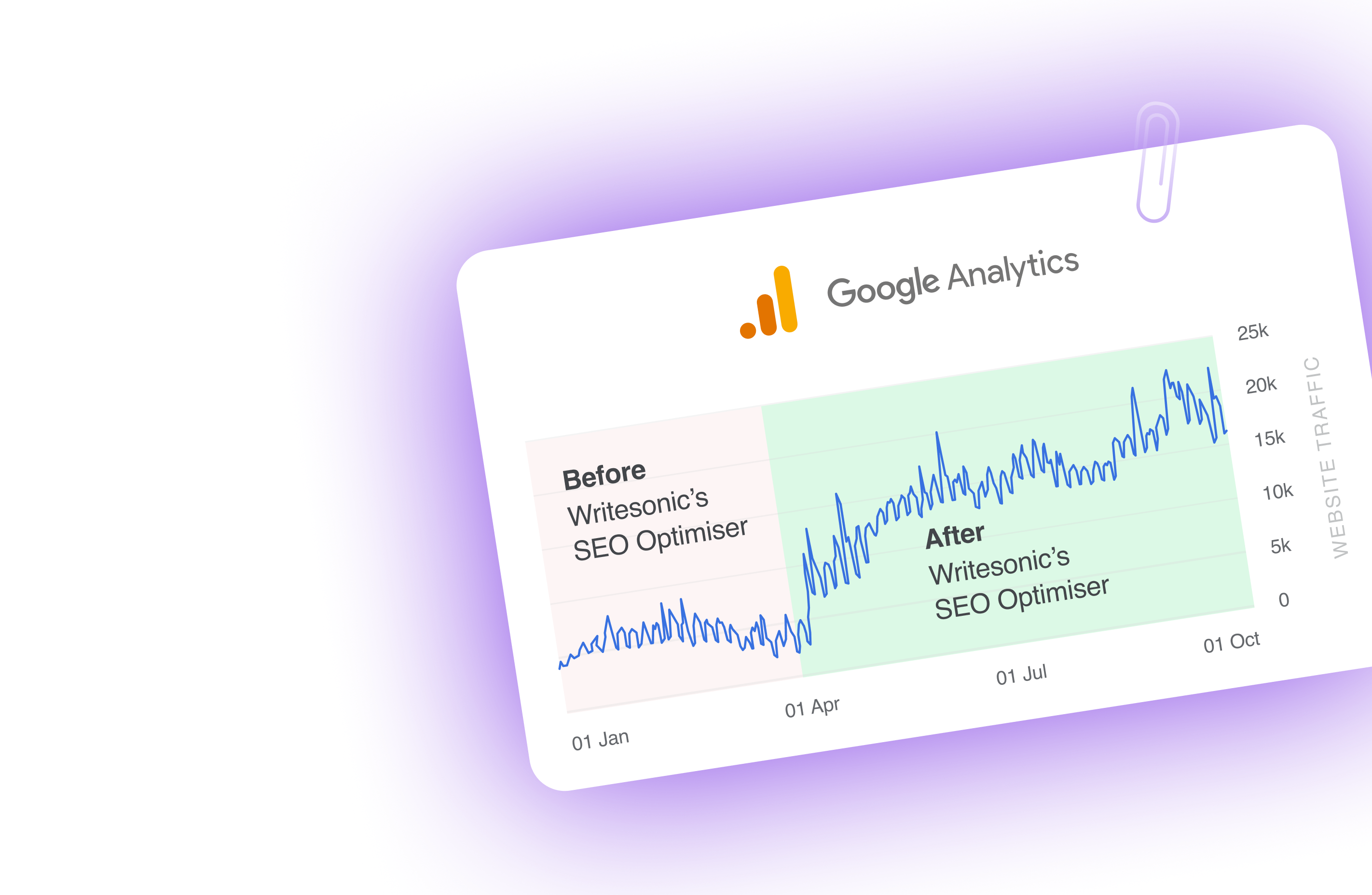Search engine optimization — if you run any business, big or small (probably big, since you’re here), you’re familiar with the term. It is a straightforward strategy that helps you rank on SERPs, generate more organic traffic, and in turn, increase sales and revenue.
But when it comes to enterprises, SEO takes a more complex turn. Starting from keyword research to optimizing content, you’ll have to do everything at a larger scale and at a faster pace to keep attracting organic traffic and generating sales.
But what’s so different about enterprise SEO and how do you approach optimizing content at larger scales? Let’s cover all that in this detailed guide about enterprise SEO.
What is Enterprise SEO?
Enterprise SEO is an SEO strategy for enterprise companies that involves optimizing enterprise-level websites to improve their search page rankings, visibility, and organic traffic. These strategies are typically used by large-scale corporations that operate across countries and have more than several hundred pages on their website.
Consider large-scale companies like IBM.
The website has over 10,000,000 pages on Google, easily qualifying it as an enterprise website.
Other examples are accounting firms like PwC and SaaS companies like Salesforce.
Now, the fundamentals of SEO remain the same, whether it’s enterprise SEO or just plain old search engine optimization. You still conduct keyword research, optimize the content, and try to rank on SERPs.
However, as a general rule of thumb, websites with over 1500 pages benefit more from enterprise SEO — even if they don’t belong to “large” corporations.
Wondering why? Let’s explore the reasons below.
Have a smaller website? Check out this comprehensive SEO guide for small businesses.
Why Do You Need Dedicated Enterprise SEO?
Consider any enterprise website. As discussed earlier, they have thousands of pages. That means they do everything at a larger scale — from the number of website pages published to the number of sales generated.
Now typically, for smaller websites, you do a lot of SEO processes manually. This includes optimizing content for keywords, adding internal links, and refreshing old content pieces.
But when thousands of pages are involved, doing these processes manually at scale becomes difficult.
Enterprises also have unique SEO challenges that smaller businesses rarely face:
- Content duplication: With the number of content pages involved, it becomes difficult to track which keywords are already targeted and what topics are already published. This can inadvertently lead to content duplication, which negatively affects rankings.
- Technical issues: Enterprises usually adopt automation and scripts to handle SEO processes like internal linking. A small flaw in the automation affects a large number of pages and can go unnoticed for a long time. While minor mistakes in a couple of pages may not affect search rankings, hundreds of pages with optimization mistakes will affect the SEO and domain authority of the website.
- Getting buy-ins: Say you’re suggesting a new SEO strategy or a change in their content plan. In small companies, it gets quickly approved and implemented. But in enterprises, there are multiple decision-makers and stakeholders involved. You’ll need to get approval from the content, design, and web development team — a long process that takes anywhere between a few weeks to several months.
- Tracking content: Tracking previously published content for outdated information, changes in rankings, and technical errors is an SEO best practice. In enterprises, tracking individual pages becomes difficult due to the sheer volume of content involved.
These challenges can’t be resolved by simply scaling traditional SEO strategies. What works for one, or even ten pages, may not work when applied to a thousand pages simultaneously. Instead, you need a different approach to the planning and implementation of SEO fundamentals — which is what enterprise SEO is all about.
7 Enterprise SEO Best Practices You Need to Follow
By now, it’s clear that enterprise SEO happens at a large scale. This also means: not all of the SEO processes can be handled manually.
You need the right enterprise SEO tools that help execute search engine optimization strategies for larger websites, namely: publishing content at scale, getting a holistic view of published content, and automating certain SEO processes.
Let’s take a look at how we can implement these tools and strategies with the top 10 enterprise SEO best practices.
Write content at scale
One thing common about the top-ranking enterprise blogs is their frequency of publishing content. While smaller websites publish content anywhere from once a week to once a month, enterprise websites tend to publish more frequently — at least multiple times a week.
Consider digital tool giant Adobe’s blog.
The company consistently uploads around one to two content pieces every day on average. Whether it’s a customer’s story on how to use their tools or their own product updates, Adobe has managed to build a huge blog over the years and ranks for several keywords in their niche.
But how do enterprises manage to produce content on such a large scale? While some companies do allot extensive resources and budgets to content production, many are resorting to high-quality AI tools to speed up their content process.
Advanced AI writing tools like Writesonic can produce well-researched, SEO-optimized, quality content at scale, helping boost your enterprise SEO strategy.
Take this article generated using Writesonic AI Article Writer 6, for example:
By just specifying the topic and selecting the keywords, we could generate the entire 2000-word article in just five minutes. Yes, some level of human editing was required to refine the article. But considering that it was SEO-optimized and humanized, the editing required was minimal.
With tools like Writesonic, you can easily publish quality content five to six times a week, keeping up with other top-ranking enterprises while spending considerably fewer resources.
You can further automate this entire process by setting up a programmatic SEO website. Programmatic SEO is a method of creating and optimizing large numbers of web pages at scale using automation and a set of preset rules.
Interested in automating SEO content production? Our guide on programmatic SEO will get you started.
Create topic clusters
When we say create more content, we don’t mean blindly create more content. If you want to rank in search results, you need to create content that meets Google’s E-E-A-T expectations.
Of course, a large content volume helps you demonstrate expertise and authority. But how do you get Google, and your readers, to recognize the same? By building topic clusters.
Topic clusters are a strategic approach to organizing and creating content for SEO. They consist of a central pillar page, which comprehensively covers the main topic, and several cluster pages which dive deeper into the subtopics.
The pillar page and cluster pages are interlinked to help readers (and search engines) easily navigate to related topics.
Read our comprehensive guide on topic clusters to know why they’re important.
Since enterprise websites are large-scale, they usually have several related pages and keywords to interlink. But how can you identify those keywords and build clusters? Try using Writesonic.
Writesonic’s Topic Cluster tool helps identify the top-ranking keyword clusters for a given topic. Say you want to write about “customer relationship management.” Adding the keyword to the tool:
We get an overview of the given keyword, as well as a list of closely related keywords with their search volumes and difficulties. While “customer relationship management” itself can be the pillar page, you can refer to the supporting page topics to create cluster pages and interlink them.
Each keyword also has a “Write” option in front, in case you want to quickly draft the topic using the Article Writer 6.
Automate internal linking
If you’re familiar with SEO, you know how important internal linking is for ranking on SERPs. However, for large content volumes typical in enterprise SEO, manually finding relevant links related to a certain topic and adding links to each article can be difficult.
If you want relevant internal links on all your articles, try automating the internal linking process.
Writesonic’s AI Article Writer 6 automatically adds the necessary internal links in all the articles it generates. These links are picked from your own website and are included with the right anchor text.
To add links to previously written articles, you can use automated internal linking tools.
Identify unlinked brand mentions
Just like internal linking, enterprise SEO also depends on the number of backlinks. Backlinks are links from other websites that point to your site, acting as “votes of confidence” in search engine algorithms.
Now, the usual way of obtaining backlinks is by reaching out to websites for guest posts and requesting them to add a link back to your website. However, as an enterprise, you might already have brand recognition.
That means other websites might have unknowingly mentioned your brand as a helpful tool or as an example, without the intention of giving a “backlink.”
Identifying these unlinked mentions gives you a chance to get a backlink without creating additional guest posts for the same.
One way of identifying these mentions is by using Google Search Operators. Type “[Your Brand Name]” -site:yourwebsite.com into Google to find mentions of your brand that aren’t on your own site. Refine the search by specifying pages, authors, or content types.
Another way of identifying them is by using website monitoring tools like Ahrefs Content Explorer.
Once you’ve found a few unlinked mentions, try reaching out to these websites or brands and request to add a link to the mention. This way, you can earn a bunch of backlinks, helping boost your enterprise SEO.
Check this article on link building to find more ways to get high-quality backlinks.
Target high-competition keywords
Most enterprise websites tend to have a higher domain authority (DA) compared to smaller websites in the same industry. This is due to the large content volume, brand recognition, and also quality backlinks.
Now, if your website also has high DA, it’s a great chance to target high-competition keywords as part of your enterprise SEO strategy. High-competition keywords are keywords that have a high search volume and are targetted by many websites, making them difficult to rank.
While Google doesn’t explicitly say it ranks high DA websites, we know it by experience that DA plays a major role in ranking content pages. This gives enterprise websites an advantage as they can target high-competition keywords and still manage to rank.
If you’re not sure which keywords to target, try using Writesonic’s Keyword Research tool. Check this keyword research overview for the term “payroll software”:
Using the tool, we can see that the keyword has high search volume and also high difficulty, which means a lot of websites have already targetted this keyword. At the bottom, we can also see several related keywords with their search volumes and difficulties.
Since you’re competing with other enterprise websites, it’s best to target these high difficulty keywords and try to rank for as many queries as possible.
Focus on technical SEO
While optimizing content is key, it’s easy to overlook technical aspects of enterprise SEO, especially when dealing with a large number of content pieces. However, overlooking crucial technical factors such as broken links or poor page speed can affect rankings, even for large websites.
If you don’t want to run into technical issues in your enterprise SEO strategy, make it a point to check these factors from time to time:
- Crawling and Indexing: Ensure that search engines can easily access and index your site’s content. Use Google Search Console to identify and fix crawling and indexing errors promptly.
- Mobile Optimization: Many users access the web from their smartphones. Even if your website’s ranking on the top for search queries, poor mobile optimization can lead to high bounce rates. To avoid this, focus on mobile usability, including proper sizing of buttons and menus, and avoiding intrusive popups.
- Site Speed: Optimize page load times across your entire site, as visitors prefer fast-loading websites. Try minimizing file sizes, leveraging browser caching, and using content delivery networks (CDNs) when appropriate.
- Fix Broken Links: Regularly identify and fix broken internal and external links. This improves user experience, preserves link equity, and maintains crawl efficiency. Use tools to scan for broken links and implement 301 redirects or update links as necessary.
Apart from these, create automated sitemaps and check for duplicate content to maintain SERP rankings.
Create an internal SEO guide
As an enterprise, it’s possible that your content creation processes are handled by multiple people, sometimes even outside your internal teams. You might hire freelancers, outsource to agencies, or bring in new team members who might have follow their own content and SEO best practices.
However, if you want to appear as an authority, having a consistent brand image is crucial. You can ensure this by creating an internal SEO guide specifying all style guides and nuances you want in your content.
This guide can also contain any tried and tested SEO strategies that you want to continue following. With an internal style guide, you can ensure all people dealing with content — whether internally or externally — are on the same page.
Improve Your Enterprise SEO Strategy Using Writesonic
Enterprise SEO often tends to be more complex and at a larger scale compared to traditional SEO. However, with the right AI tools, you can simplify many steps involved in enterprise SEO, helping boost SERP rankings and establishing your website as an authority.
Writesonic is one such tool that has several features to help with search engine optimization for larger businesses. With AI Article Writer 6, automated internal links, keyword research, and topic cluster tools, Writesonic is an asset for any company dealing with large-scale content production — and within a budget!
Ready to kickstart your enterprise SEO strategy? Try Writesonic for free today.

